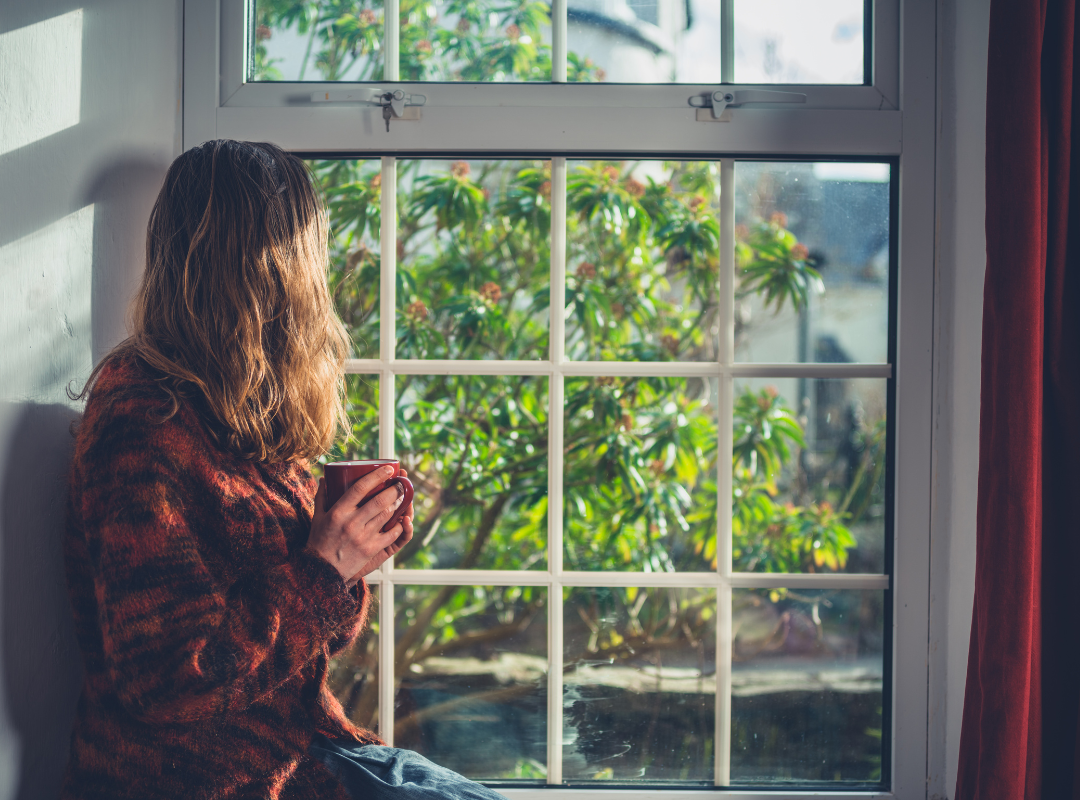How to Increase Morning Alertness, According to Neuroscience
Have you been feeling sluggish from the time you wake up in the morning to the time you hit your pillow at night? Or losing focus and motivation as the day’s to-do list piles up? Does this lack of energy and alertness impact your daily mood?
If so, neuroscience can help us build a morning routine that sets us up for mental, emotional, and physical success each day, helping us to maximize morning alertness. Our mornings set the tone for our entire day. And our morning habits play a major role in our mood and focus as we navigate through the hustle and bustle of daily life.
The Neuroscience Behind Improved Mornings
Andrew Huberman, a Stanford neuroscientist and professor in neurobiology and ophthalmology, shares his work from the Huberman Lab, which researches brain function, neuroplasticity, and neuro-regeneration, and the subsequent impact of the brain on our perceptions, behaviors, and overall health. Huberman provides us with science-supported tools for enhancing daily focus, productivity, creativity, regulated mood, physical strength, and endurance for brain and body health. From his work, we can learn new skills and habits to maximize morning alertness and sustain our flow throughout the day.
Start Your Morning the Night Before
A maximized morning starts the night before, as sleep is the foundation of our daily cycle. Huberman sheds light on the importance of sleep hygiene for an optimal morning routine. He recommends aiming for 7-9 hours of sleep each night to keep your metabolic, immune, and endocrine systems functioning properly. With quality sleep, you are set up for success with your morning routine, and in turn, more likely to align your circadian rhythms for sleepiness throughout the night and alertness during the day.
Let’s dive into three of Huberman’s tools to maximize the morning:
Morning sunlight
Light is key for setting our circadian clocks. Sunlight first thing in the morning alerts our brain and body to begin the day and triggers a morning dopamine release for a positive mood effect. Morning exposure to sunlight also modulates the timing of our cortisol pulse, which acts as a wake-up signal, helps us to stay alert and focused throughout the day, and sets the timer for a melatonin release 12-16 hours later. As for the night before, we want to avoid this cortisol pulse by limiting light exposure in the evening or using blue light blocking glasses.
Huberman suggests getting outside and viewing sunlight without sunglasses as soon as you can after waking, at least within the first hour for 10-30 minutes. When it’s cloudy outside, Huberman recommends to still get outside to receive the benefit of light energy coming through cloud cover. And for those who live in cold climates or where morning light is not possible, Huberman recommends turning on all the lights in your home and using a LED light therapy lamp to simulate sunlight.
Delayed caffeine intake
Do you reach for your favorite caffeine as soon as you wake up? Well, caffeine impacts our brain and body’s regulation of adenosine, a molecule that inhibits brain activity, turns on our rest and digest system, and causes drowsiness. The longer we are awake, the more adenosine builds up in our brain and body so we can feel sleepy at nighttime. And while we sleep, adenosine levels lower so we can wake up rested and ready for the day. Caffeine first thing in the morning specifically blocks the actions of adenosine, making us feel more awake. This is helpful for morning alertness, however, around 1 or 2pm, the caffeine has worn off and the adenosine has an even more powerful effect of making us feel sleepy.
So Huberman’s solution when you wake up is to first hydrate yourself with water, then delay caffeine intake for 90 minutes to 2 hours. This delayed consumption of caffeine will prevent the afternoon crash and reduce the urge for another cup of coffee, as well as enhance your mood during the day and quality of sleep at night. Huberman recommends starting with 15-minute increments per day to push out your caffeine intake until you get into that optimal zone.
Cold Exposure
Outside of an alarm, our bodies are alerted to wake up for the day by an increase in core body temperature. This rise in body temperature also signals that cortisol pulse, the wake-up signal that helps us stay alert during the day and times our melatonin release in the evening with a subsequent decrease in body temperature. While we may think that cold exposure in the morning would lower our core body temperature, Huberman explains that the opposite is true: when the surface of the body is cold, the core temperature increases. This exposure to cold water shocks our brain into wakefulness and releases both dopamine and epinephrine for an experience of pleasure and focus. And following cold exposure, the dopamine and epinephrine release doubles, amplifying the positive effects.
Huberman recommends several forms of cold exposure, an ice bath, cold plunge tub, or cold shower, for an optimal 11 minutes per week, spread over several days. During the cold exposure, Huberman suggests deep breathing to calm your body during an agitated state and in turn, raise your level of mental toughness so you can take on the day with a resiliency mindset. While cold exposure is initially uncomfortable, the body will adapt to the practice overtime while reaping the amazing benefits on mood, health, and performance.
Optimal Mental, Emotional & Physical Health
Incorporating these three tools into your morning routine will create an effect Huberman called a “summer month” inside of your body of optimal mental, emotional, and physical health year-round. If you’d like to wake up feeling alert for the day, maintain motivation and focus throughout the daily to-do’s, and regulate your sleep-wake cycle for enhanced positive mood, then consider morning sunlight, delayed caffeine intake, and cold exposure a vital part of your morning.





